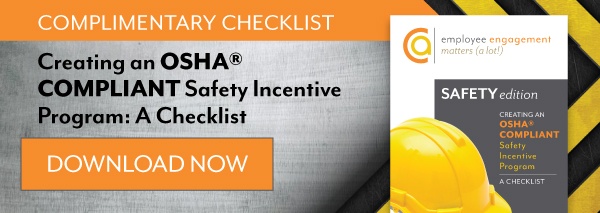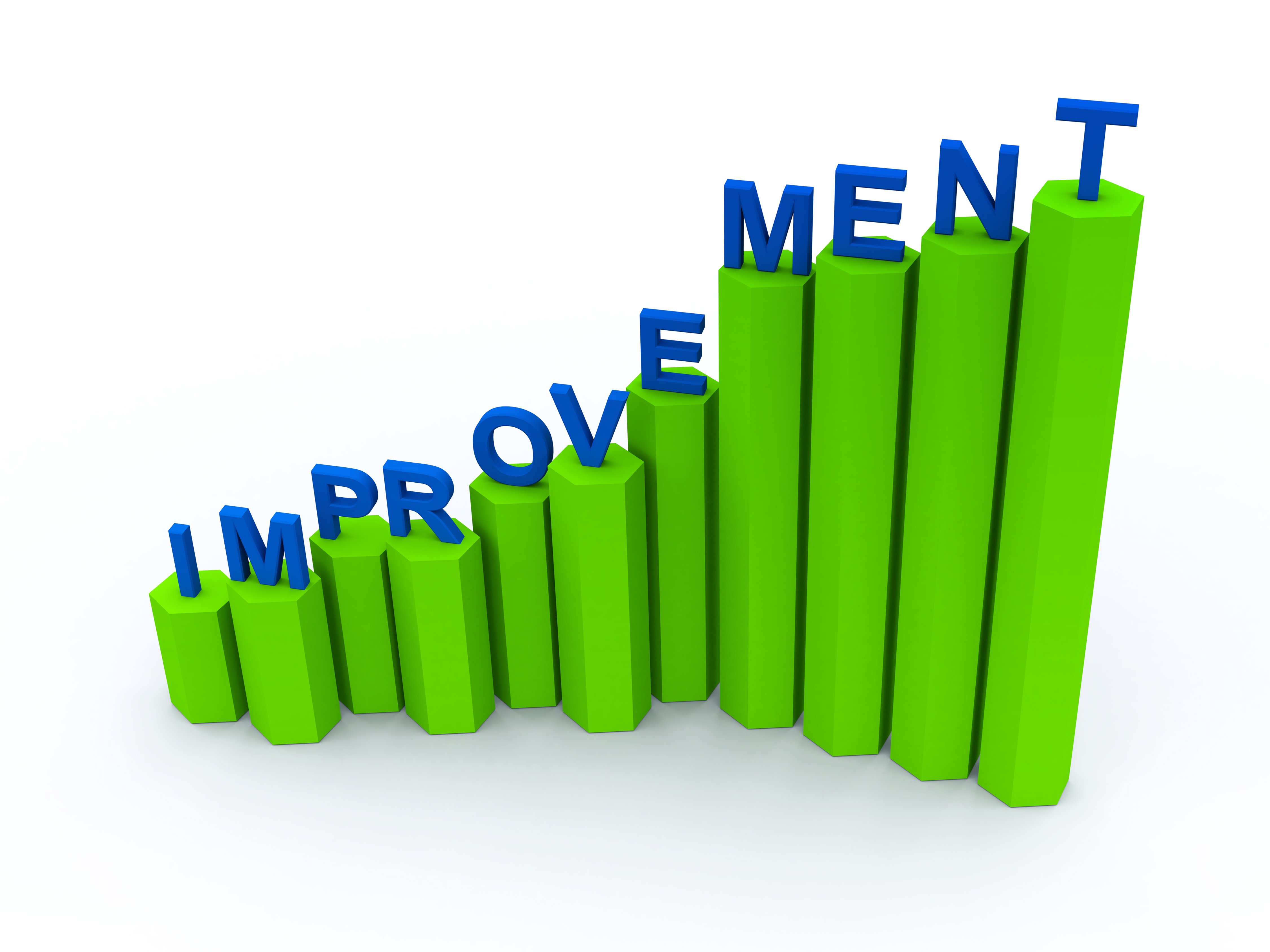-png.png)
When it comes to a safety incentive program, what KPIs (Key Performance Indicators) should we be following?
In this article, we dive deeper into what SMARTER KPIs are, leading and lagging indicators, and things to keep in mind before setting your safety KPIs. Let’s first begin the discussion by talking about what the SMARTER standard is and why it’s important for your safety incentive program.
THE S.M.A.R.T.E.R. STANDARD
In defining your organization’s KPIs, it is important to remember the S.M.A.R.T Rule that defines the 5 conditions of a good KPI. But according to the KPI Library, GREAT Key Performance Indicators need to follow the S.M.A.R.T.E.R standard to truly be valued.
What Are SMARTER KPIs?
- Specific – It has to be clear what the KPI exactly measures. There has to be one widely-accepted definition of the KPI to make sure the different users interpret it the same way and, as a result, come to the same and right conclusions which they can act on.
- Measurable – The KPI has to be measurable to define a standard, budget or norm, to make it possible to measure the actual value and to make the actual value comparable to the budgeted value.
- Achievable – Every KPI has to be measurable in order to define a standard value. It is important that this norm is achievable. Nothing is more discouraging than striving for a goal that you will never obtain.
- Relevant – The KPI must give more insight in the performance of the organization in obtaining its strategy. If a KPI is not measuring a part of the strategy, acting on it doesn’t affect the organizations’ performance. (Remember, an irrelevant KPI is useless.)
- Timely - It is important to express the value of the KPI in a given time frame. Every KPI only has a meaning if one knows the time dimension in which it is realized. The realization and standardization of the KPI has to have a clear timeline.
- Explainable - You must ensure KPIs are easy to understand and that you can communicate the expectation to all stakeholders involved. This ensures that everybody understands what is being measured. Too often, KPIs are hard to understand and you face the risk of miscommunication.
- Relative - Your KPIs must be relative to ensure that your KPI definitions and goals still apply when your business or volume grows. Will you KPI scale with your business as it grows? If not, you may want to re-evaluate what you actual KPIs are.
Why SMARTER KPIs?
By creating SMARTER KPIs, your organization will ensure that no safety indicator gets overlooked. Setting OSHA Compliant KPIs will lead to better safety management, fewer workplace injuries, and a team that is as excited as management is to enhance the overall safety precautions in the organization.
We just discussed what a SMARTER KPI is and why it’s important. Now, let’s take a look at some of the leading and lagging indicators there are when it comes to occupational safety.
LEADING AND LAGGING SAFETY INDICATORS
SMARTER Safety KPIs fall into two types – leading and lagging. What are the differences between the two? Well, there’s a big difference. Let’s take a look.
Lagging Safety Indicators
Lagging indicators tend to consider things that have gone wrong, such as injury statistics, exposure incidents, and regulatory fines. These indicators are more reactive.
The lagging indicators reveal the holes through the occurrence of incidents so that action can be taken to prevent a recurrence of that event.
Examples include:
- Recordable injuries
- Workdays lost
- Injury and Illness Frequency
Leading Safety Indicators
Leading indicators tend to give an early warning sign that all is not well and are more predictive of future performance results. These indicators are more proactive, predictive, and preventative.
The leading indicators are there to identify the failings from routine measurements in order to fill in the holes before an accident occurs.
Examples include:
- Safety Training
- Safety Audits
- Employee Perception Surveys
By setting KPIs with both leading and lagging indicators in mind, your company will be better able to be both reactive and proactive in safety situations.
WORKPLACE SAFETY KPIS: THINGS TO KEEP IN MIND
Although workplace safety isn’t “one size fits all,” we compiled a few things to keep in mind while your team begins to create your new KPIs no matter what industry you are in.
- Quantity doesn't equal quality
- Measure the most important things
- Make sure all levels of the organization buy-in
- Don’t let the cost of measuring exceed the value of the results
KPIs will vary according to industry, but the important part is to have the right combination of leading and lagging. By doing that, your organization should see an overall improvement in employee safety.
At C.A. Short Company, we are your partner for increased employee engagement resulting in increased performance outcomes to grow your bottom line. Our process and research-based platform helps you engage your team in order to increase your bottom line, motivate your staff to the benefit of the entire organization, and reward your people for the positive changes they make. To request a Complimentary Consultation, please click here.
Editor's Note: This article was originally published on March 6th, 2018 and has been recently updated.





.jpg)



SHARE